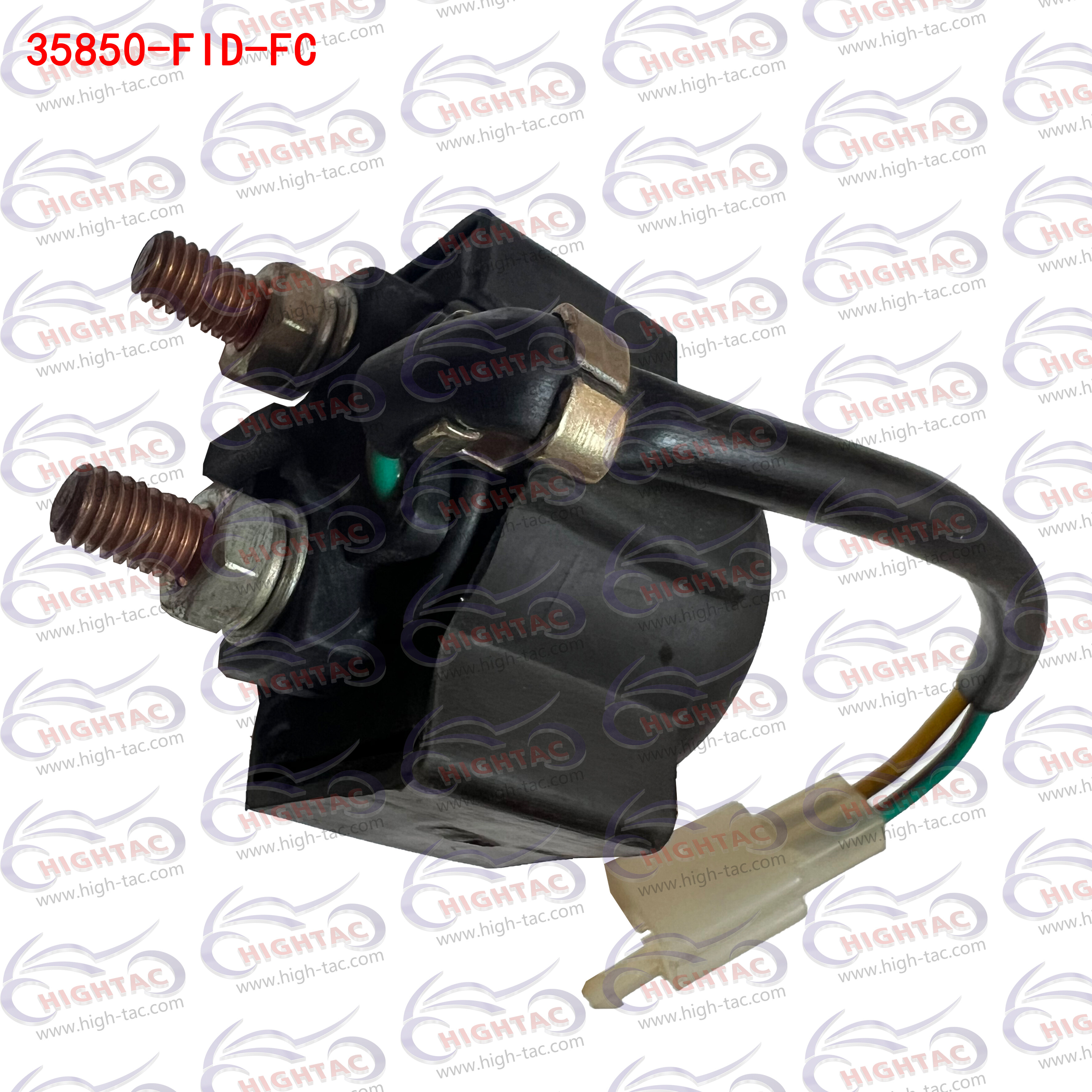Understanding Steering Ball Race: A Comprehensive Guide
The automotive industry relies heavily on precision components to ensure the safety, performance, and reliability of vehicles. One such critical component is the steering ball race. This article delves into the intricacies of the steering ball race, its functions, benefits, and its impact on vehicle performance. By the end of this guide, you will have a thorough understanding of why the steering ball race is indispensable in modern automobiles.
What is a Steering Ball Race?
A steering ball race, also known simply as a ball race, is a crucial part of a vehicle's steering mechanism. It consists of a set of ball bearings contained within a race (the inner and outer rings) that allows the steering wheel to rotate smoothly. This component ensures that the driver's input is precisely and efficiently translated into the movement of the vehicle's wheels.
Components of a Steering Ball Race
1. Ball Bearings: These are small, hard spheres that roll between the inner and outer races, reducing friction.
2. Inner Race: The inner ring that the ball bearings move against.
3. Outer Race: The outer ring that houses the ball bearings.
4. Cage: This holds the ball bearings in place, ensuring they are evenly spaced.
The Function of Steering Ball Race
The primary function is to provide a smooth and efficient transfer of rotational motion. When the driver turns the steering wheel, the ball race ensures that the movement is seamlessly transmitted to the steering shaft, and ultimately to the wheels. This smooth operation is crucial for precise control and handling of the vehicle.
Importance in Vehicle Safety
The steering ball race plays a pivotal role in maintaining vehicle safety. Any malfunction or wear in this component can lead to poor steering response, increased effort required to turn the wheel, and even complete steering failure. Therefore, ensuring the integrity and proper maintenance is essential for safe driving.
Types of Steering Ball Races
There are several types, each designed for specific applications and performance requirements:
1. Single-row Ball Race: Suitable for light-duty applications, providing a balance between cost and performance.
2. Double-row Ball Race: Offers greater load capacity and stability, used in heavier vehicles.
3. Angular Contact Ball Race: Designed to handle both radial and axial loads, providing enhanced performance for high-speed applications.
Choosing the Right Steering Ball Race
Selecting the appropriate ball race involves considering several factors such as the vehicle's weight, the driving conditions, and the desired performance characteristics. Consulting with an automotive specialist or manufacturer can help in making the right choice.
Common Issues and Troubleshooting
Like any mechanical component, the ball races can encounter issues. Understanding common problems and their solutions can help in maintaining the performance and safety of the vehicle.
Symptoms of a Faulty Steering Ball Race
1. Unusual Noises: Grinding or squeaking sounds during steering may indicate wear or damage.
2. Steering Play: Excessive play or looseness in the steering wheel can suggest a failing ball race.
3. Vibration: Steering wheel vibrations, especially at higher speeds, can be a sign of issues with the ball race.
Maintenance and Replacement
Regular maintenance is key to the longevity. This includes:
- Inspection: Routine checks for wear, damage, and proper lubrication.
- Lubrication: Ensuring the ball race is adequately lubricated to reduce friction and wear.
- Replacement: Timely replacement of worn or damaged ball races to prevent further issues.
The Role of Steering Ball Race in Vehicle Performance
Beyond safety, the ball race significantly influences vehicle performance. A well-maintained ball race ensures:
1. Precision Handling: Accurate and responsive steering, crucial for performance driving.
2. Reduced Effort: Less force required to turn the steering wheel, enhancing driver comfort.
3. Longevity: Extends the life of other steering components by reducing friction and wear.
Performance Upgrades
For performance enthusiasts, upgrading to high-quality or specialized ball races can provide noticeable improvements in handling and steering response. Options such as ceramic ball races or those with advanced materials can offer superior performance.
Innovations in Steering Ball Race Technology
The automotive industry continues to innovate, and ball race technology is no exception. Recent advancements include:
1. Advanced Materials: Use of materials like ceramics and advanced alloys for better performance and durability.
2. Precision Engineering: Improved manufacturing techniques for higher precision and reliability.
3. Enhanced Lubrication: Development of advanced lubricants that provide longer-lasting protection and reduce maintenance needs.
The Future of Steering Ball Races
As vehicles become more advanced with the integration of electric and autonomous technologies, the demands on steering systems will increase. This will likely drive further innovations in steering ball race designs, materials, and technologies to meet these new challenges.
Conclusion
The steering ball race is a small yet vital component in a vehicle's steering system. Its role in ensuring smooth, precise, and safe steering cannot be overstated. Understanding the function, maintenance, and advancements can help vehicle owners and enthusiasts make informed decisions about their vehicles. Whether for everyday driving or high-performance applications, the steering ball race remains a cornerstone of automotive engineering.
Regular maintenance, timely replacements, and staying informed about the latest innovations are key to maximizing the benefits of this essential component. By doing so, you can ensure your vehicle remains safe, reliable, and enjoyable to drive.



